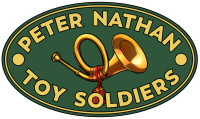27th Mar 2025
John Jenkins Designs: Jacobite Rebellion: The Artillery
The Jacobite rising of 1745 was an attempt by Charles Edward Stuart to regain the British throne for his father.
It took place during the War of The Austrian Succession, when the bulk of the British Army was fighting in mainland Europe. It proved to be the last in a series of revolts that began in 1689, with other major outbreaks in 1715 and 1719.
Charles launched the rebellion on 19th August 1745 at Glenfinnan in the Scottish Highlands, capturing Edinburgh and winning the Battle of Prestonpans in September.
At a council in October the Scots agreed to invade England after Charles assured them of substantial support from English Jacobites and a simultaneous French landing in Southern England.
Neither of these assurances were to take place or to materialise, therefore the decision to retreat back to Scotland took place, leading to the defeat at Culloden in April, which ended the rebellion.
Charles was to escape to France, but was unable to win further support for another attempt, and died in Rome in 1788.
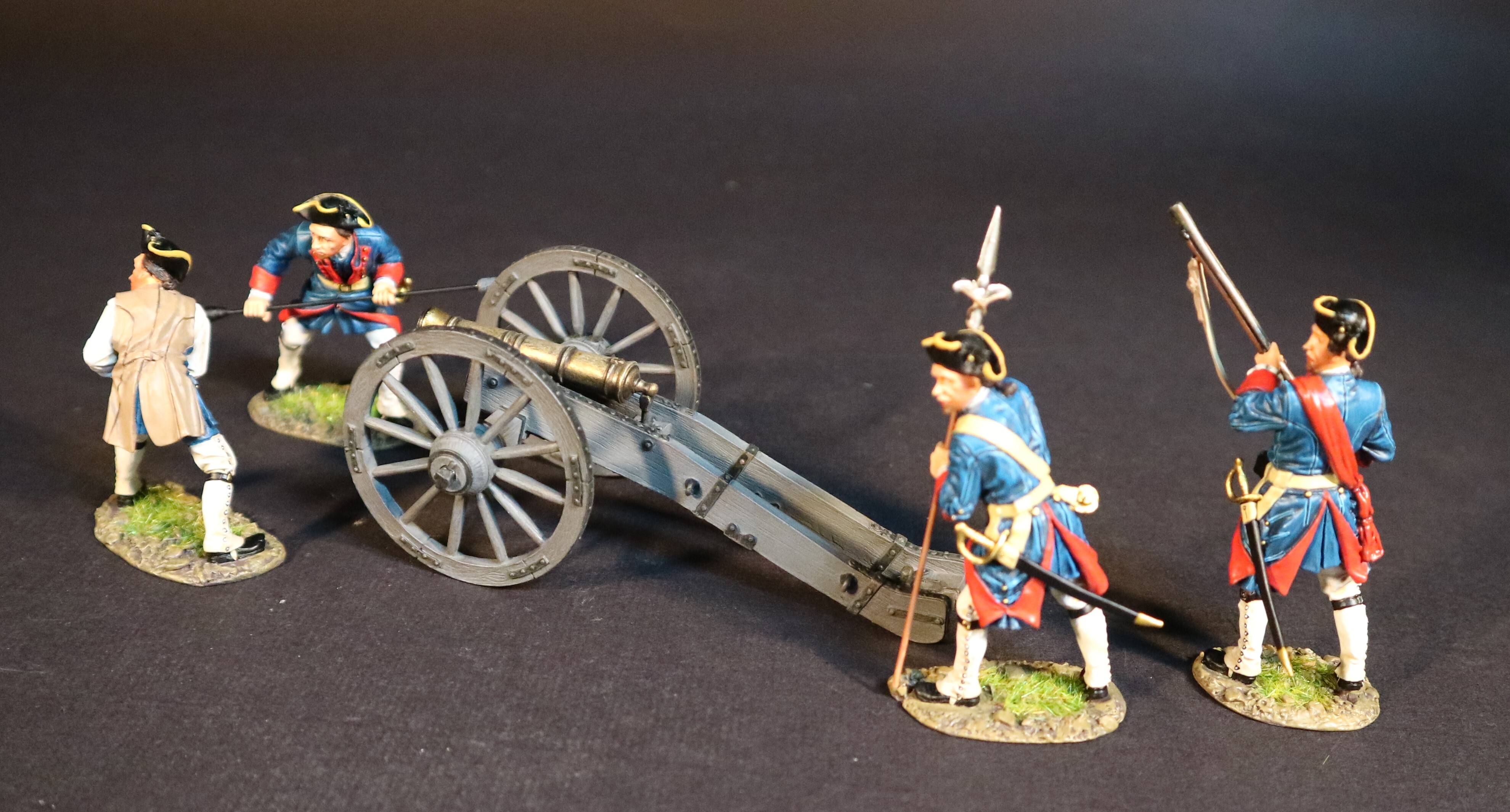
The Battle of Culloden on 16th April 1745 which is often cited as the last pitched battle on British soil
Lasted less than an hour and ended in a decisive government victory.
Exhausted by a night march carried out in a failed atrtempt to surprise Cumberland’s troops, many Jacobites missed the battle, leaving fewer than 5,000 to face a well rested and equipped force of 7,000 to 9,000.
Fighting began with an artillery exchange, with the government army vastly superior in training and co-ordination. James Grant an officer in the Irish Brigade who served as the head of the Jacobite artillery, was absent, having been wounded at the Siege of Fort William, this obviously contributed to the government artillery totally dominating the exchange.
Charles held his position, expecting Cumberland to attack, but he refused to do so and unable to respond to the artillery fire, Charles ordered his front line to charge.
As the Jacobite army advanced, the boggy ground in front of them forced the centre of the army to move over to the right, where they became entangled with the left wing regiments of the government army.
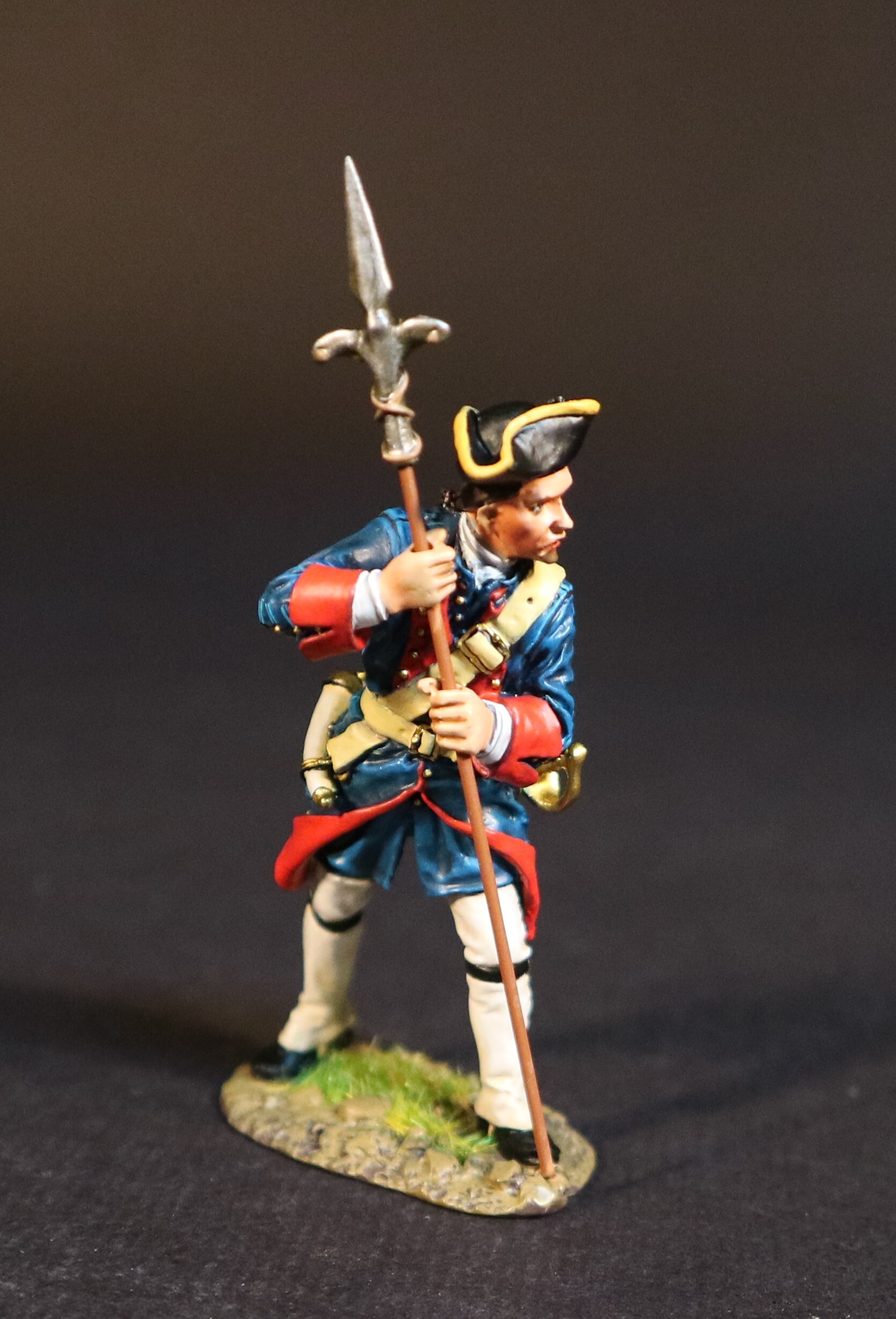
As the government artillery switched to grapeshot, it inflicted heavy casualties. Despite these heavy casualties the highlanders crashed into the Cumberland’s left, which gave ground but did not break.
Unable to break the government lines, the highlanders broke and fell back in confusion.
The North eastern regiments, Irish and Scots regulars in the second line retired in good order, allowing Charles and his personal retinue to escape.
Troops that held together, like the French regulars, were far less vulnerable in retreat, but many Highlanders were cut down in the pursuit. Government casualties are estimated as 50 killed, plus 259 wounded; many Jacobite wounded remaining on the battlefield were reportedly killed afterwards, their losses being 1,200 to 1,500 dead and 500 prisoners.
Several thousand armed Jacobites remained at large, and over the next two days, an estimated 1,500 assembled at Ruthven Barracks.
On 20 April, Charles ordered them to disperse, arguing French assistance was required to continue the fight and they should return home until he returned with additional support.
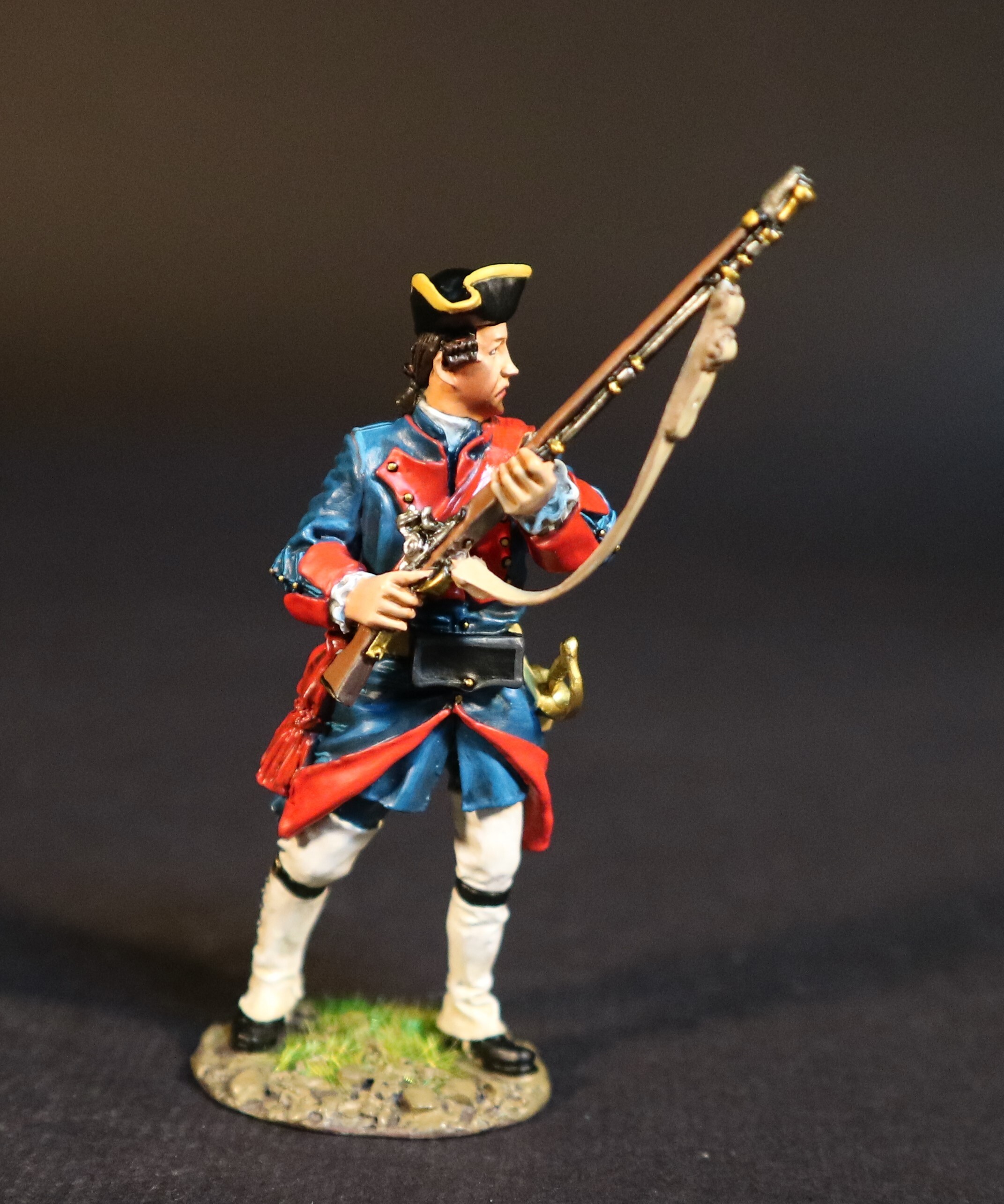
The Royal Regiment of Artillery was formed in 1716. It was the disclosure of an almost total lack of any artillery arm when the “15 broke out that led to the formation of the Royal Artillery
Technically officers and men of the Royal Artillery were not part of the army, but answered to the Board of Ordnance, and this independence was demonstrated in their uniforms, which only broadly conformed to army garments in style and were completely different in colour. Instead of red coats they wore blue.
Artillery had played no significant role in the rebellions until Culloden, where Captain Cunningham’s Company made a major contribution to the victory.
Cunningham’s company comprised of ten brass 3-pdrs, which were positioned in the intervals between the battalions of the first line.
Five howitzers were positioned between the first and second line of infantry.
Both types of gun did great damage to the Jacobites before they charged, and with the 3pdrs changing to case shot to supplement the infantry’s musketry when the clans came, devastated the highlanders.
The usual range for a 3pdr firing round shot was about 400-500 yards, although greater ranges could be achieved by elevating the barrel.
Case shot was only effective at ranges up to 200 yards.
The range of a howitzer firing explosive shell was about 1,300 yards.
A 3-pdr could be manned by a crew of six, and an NCO, with two guns forming a detachment under an officer, whilst the the howitzer required a crew of five.

At times throughout the rebellion the Jacobites were known to have a considerable amount of artillery. They were hampered by a lack of suitable horses, which made it difficult to transport the heavier pieces, and of course lacked the trained men to operate all the cannon.
Colonel Grant who was one of the professional artillery men with the Jacobites is recorded as stating that the army had thirteen pieces of artillery. Six brass 1 ½ pdrs were captured from Sir John Cope, there were six 4-pdrs which had come from France, and one piece that was brought from Blair of Atholl.
The 4-pdrs were Swedish experimental iron barrelled guns, inspired by the 17th century Swedish tactician Gustavus Adolphus. Unfortunately these guns had also been rejected by the French authorities for being too complicated and difficult to manufacture.
The six 4-pdrs were reported to be able to fire eleven times in a minute.
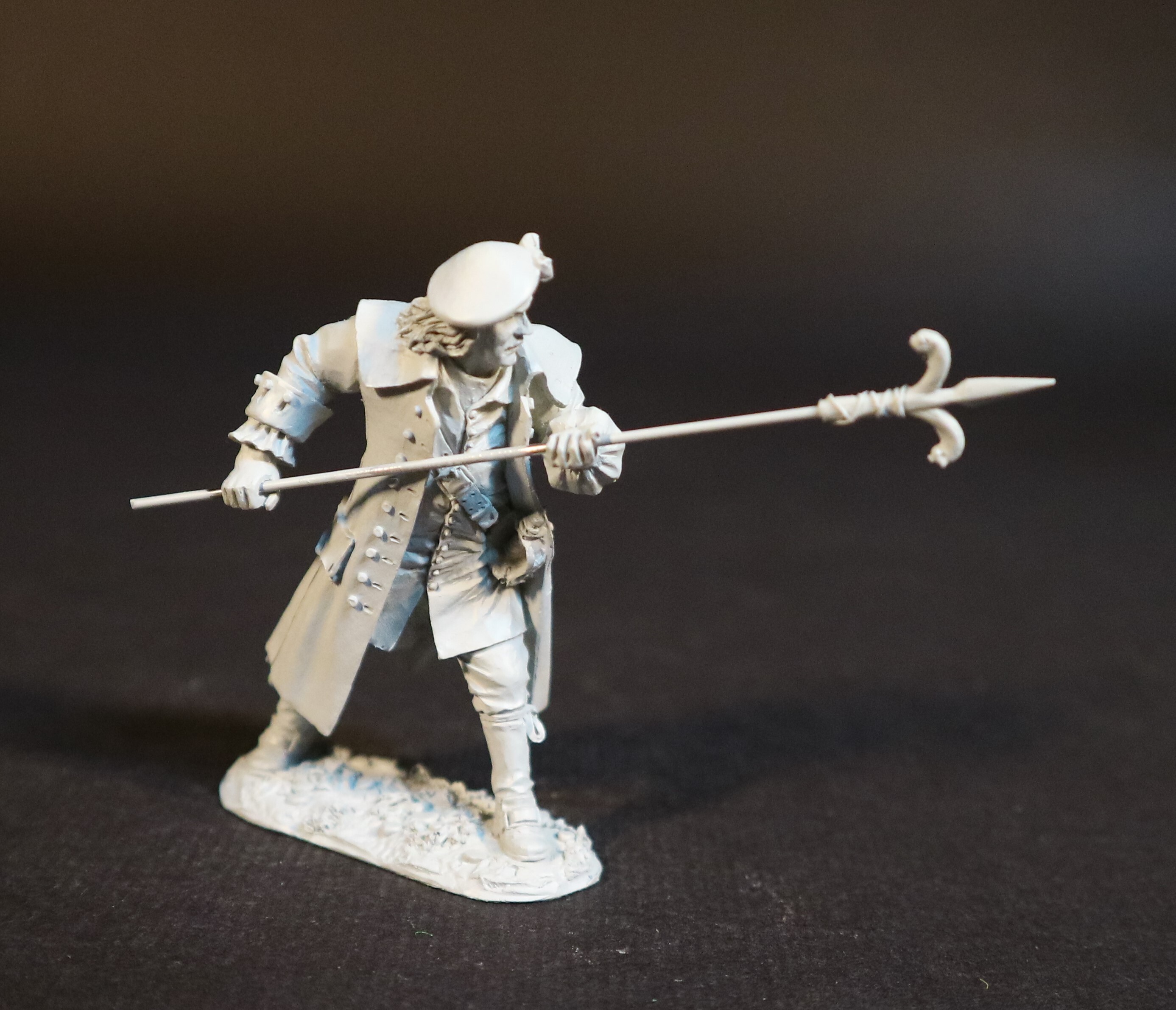
Colonel Grant was wounded at the siege of Fort William in March 1746 and his absence because of his wounds at Culloden the next month clearly impacted the effectiveness of the Jacobite artillery, as without him the untrained gunners struggled.
Artillery sets for the Jacobite Rebellion should be available later this year.
